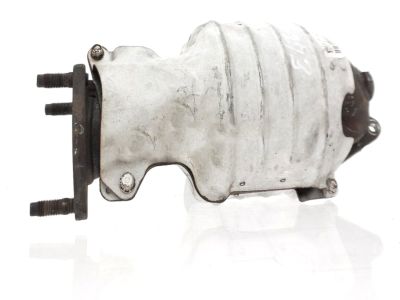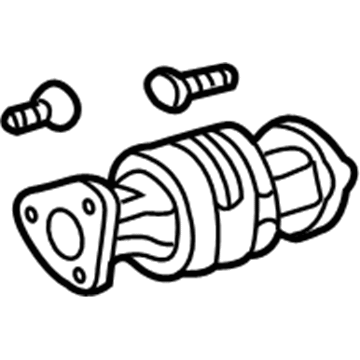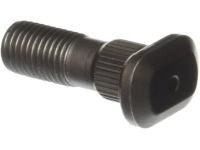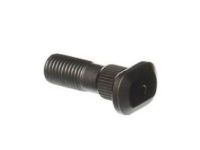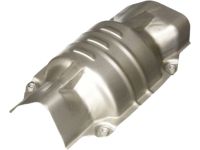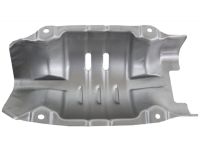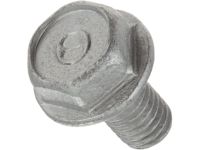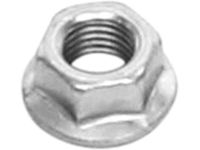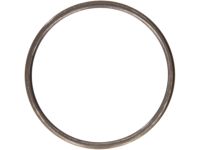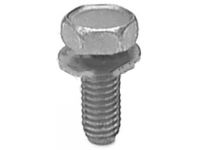A catalytic converter is an emission control device in the exhaust system that reduces certain pollutants in the exhaust gas stream, with two types, oxidation converters and reduction converters. Oxidation converters use a ceramic honeycomb substrate coated with platinum and palladium to reduce unburned hydrocarbons and carbon monoxide by adding oxygen to the exhaust stream, converting them to water vapor and carbon dioxide. Reduction converters, coated with platinum and rhodium, reduce oxides of nitrogen by removing oxygen, producing nitrogen and carbon dioxide. Three-way catalysts combine both types to reduce all three pollutants, and all models discussed are equipped with them. On 2003 and earlier models, the catalytic converter is located in the exhaust pipe behind the junction of the outlet pipes of the exhaust manifolds, while 2004 and later models feature two warm-up catalytic converters bolted directly to the cylinder heads without separate exhaust manifolds. Testing for a malfunctioning converter requires expensive equipment, so it is advisable to seek professional diagnosis and repair. When servicing underbody components, inspect the converter assembly for leaks, corrosion, and damage, and replace it if necessary. To check for a restricted converter, use a vacuum gauge connected to an intake manifold vacuum source, noting the readings at idle and after quickly opening and closing the throttle. If the fourth reading is significantly lower than the idle reading, the exhaust system may be restricted. For replacement, raise the vehicle securely on jackstands, disconnect the oxygen sensors, and remove the retaining nuts from the catalytic converter's mounting flanges. Installation is the reverse of removal, ensuring that any rusted or damaged fasteners are replaced and all fasteners are tightened securely. For 2004 and later models, the process involves removing the condenser fan/shroud assembly and the engine splash shield, disconnecting the oxygen sensors, and removing the nuts from the catalytic converter's mounting flanges before detaching it from the exhaust system. New gaskets and fasteners should be used during reinstallation, and all connections must be tightened securely. Additionally, these models have a third catalytic converter located under the vehicle, similar to the single converter used on earlier models.
Posted by AcuraPartsWarehouse Specialist 
